Business
Chainsaws and Scalpels: How Governments Choose
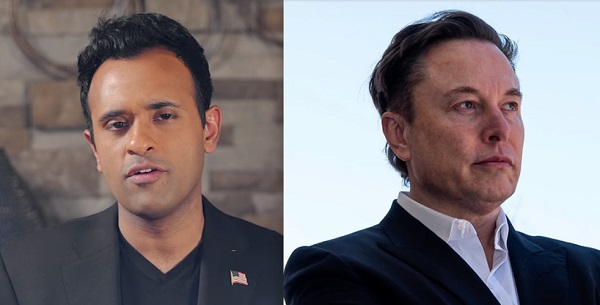
Javier Milei in Argentina, Musk and Ramaswamy in the US.. What does DOGE in Canada look like?
Under their new(ish) president Javier Milei, Argentina cut deeply and painfully into their program spending to address a catastrophic economic crisis. And they seem to have enjoyed some early success. With Elon Musk now primed to play a similar role in the coming Trump administration in the U.S., the obvious question is: how might such an approach play out in Canada?
Sure. We’re not suffering from headaches on anything like the scale of Argentina’s – the debt we’ve run up so far isn’t in the same league as the long-term spending going on in South America. But ignoring the problems we do face can’t be an option. Given that the annual interest payments on our existing national debt are $11.7 billion (which equals seven percent of total expenditures), simply balancing the budget won’t be enough.
The underlying assumption powering the question is that we live in a world of constraints. There just isn’t enough money to buy everything we might want, so we need to both prioritize and become more efficient. It’s about figuring out what can no longer be justified – even if it does provide some value – and what’s just plain wasteful.
The Audit is a reader-supported publication. To receive new posts and support my work, consider becoming a free or paid subscriber.
Some of this may seem obvious. After all, when there are First Nations reserves without clean water and millions of Canadians without access to primary care physicians, how can we justify spending hundreds of millions of dollars funding arts projects that virtually no one will ever discover, much less consume?
Apparently not everyone sees things that way. Large governments operate by reacting to political, social, and chaos-driven incentives. Sometimes those incentives lead to rational choices, and sometimes not. But mega-sized organizations tend to lack the self-awareness and capacity to easily change direction.
And some basic problems have no obvious solutions. As I’ve written, there’s a real possibility that all the money in the world won’t buy the doctors, nurses, and integrated systems we need. And “all the money in the world” is obviously not on the table. So the well-meaning bureaucrat might conclude that if you’re not going to completely solve the big problems, you might as well try to manage them while investing in other areas, too.
Still, I think it’s worth imagining how things might look if we could launch a comprehensive whole-of-government program review.
How Emergency Cuts Might Play Out
Imagine the federal government defaulted on its debt servicing payments and lost access to capital markets. That’s not such an unlikely scenario. There would suddenly be a lot less money available to spend, and some programs would have to be shut down. Protecting emergency and core services would require making fast – and smart – decisions.
We would need to take a long, hard look at this important enumeration of government expenditures. There probably wouldn’t be enough time to bridge the gap by looking for dozens of less-critical million-dollar programs. We would need to find some big-ticket items fast.
Our first step might be to pause or restructure larger ongoing payments, like projects funded through the Canada Infrastructure Bank (total annual budget: $3.45 billion). Private investors might pick up some of the slack, or some projects could simply go into hibernation. “Other interest costs” (total annual budget: $4.6 billion) could also be restructured.
Reducing equalization payments (total annual budget: $25.2 billion) and territorial financing (total budget: $5.2 billion) might also be necessary. This would, of course, spark parallel crises at lower levels of government. Similarly, grants to settle First Nations claims (total budget: $6 billion) managed by Crown-Indigenous Relations and Northern Affairs Canada would also be at least temporarily cut.
All that would be deeply painful and trigger long-term negative consequences.
But there’s a far better approach that could be just as effective and a whole lot less painful:
What an All-of-Government Review Might Discover
Planning ahead would allow you the luxury of targeting spending that – in some cases at least – wouldn’t even be missed. Think about programs that were announced five, ten, even thirty years ago, perhaps to satisfy some passing fad or political need. They might even have made sense decades ago when they were created…but that was decades ago when they were created.
Here’s how that’ll work. When you read through the program and transfer spending items on that government expenditures page (and there are around 1,200 of those items), the descriptions all point to goals that seem reasonable enough. But there are some important questions that should be asked about each of them:
- When did these programs begin?
- What specific activities do they involve?
- What have they accomplished over the past 12 months?
- Is their effectiveness trending up or down?
- Are they employing efficiency best-practices used in the private sector?
- Who’s tasked with monitoring changes?
- Where are their reports published?
To show you what I mean, here are some specific transfer or program line items and their descriptions:
Department of Employment and Social Development
- Workforce Development Agreements ($722 million)
- Indigenous Early Learning and Child Care Transformation Initiative ($374 million)
- Payments to provinces, territories, municipalities, other public bodies, organizations, groups, communities, employers and individuals for the provision of training and/or work experience, the mobilization of community resources, and human resource planning and adjustment measures necessary for the efficient functioning of the Canadian labour market ($856 million)
Department of Industry
- Contributions under the Strategic Innovation Fund ($2.4 billion)
Department of Citizenship and Immigration
- Settlement Program ($1.13 billion)
Department of Indigenous Services
- Contributions to provide income support to on-reserve residents and Status Indians in the Yukon Territory ($1.05 billion). Note that, as of the 2021 Census, there were 9,150 individuals with North American Indigenous origins in Yukon. Assuming the line item is accurately described, that means the income support came to $114,987/person (not per household; per person).
Each one of those (and many, many others like them) could be case studies in operational efficiency and effectiveness. Or not. But there’s no way we could know that without serious research.
The Audit is a reader-supported publication. To receive new posts and support my work, consider becoming a free or paid subscriber.
Invite your friends and earn rewards
Business
DOGE discovered $330M in Small Business loans awarded to children under 11
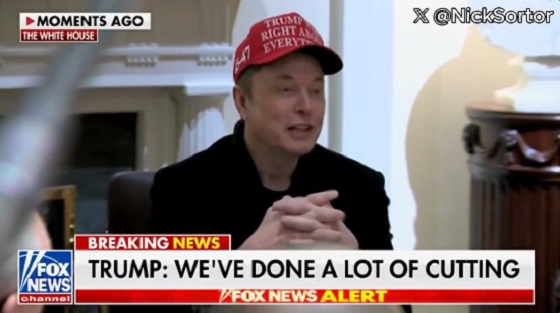
 MxM News
MxM News
Quick Hit:
In a bombshell revelation at a White House cabinet meeting, Elon Musk announced that the Department of Government Efficiency (DOGE) had uncovered over $330 million in Small Business Administration (SBA) loans issued to children under the age of 11.
Key Details:
- Elon Musk stated that DOGE found $330 million in SBA loans given to individuals under the age of 11.
- The youngest recipient was reportedly just nine months old, receiving a $100,000 loan.
- SBA has now paused the direct loan process for individuals under 18 and over 120 years old.
Diving Deeper:
At a cabinet meeting held Monday at the White House, President Donald Trump and Elon Musk detailed a staggering example of federal waste uncovered by the newly-formed Department of Government Efficiency. Speaking directly to ongoing efforts to eliminate corruption and abuse in federal agencies, Musk explained that the SBA had awarded hundreds of millions in loans to children—some of whom were still in diapers.
“A case of fraud was with the Small Business Administration, where they were handing out loans — $330 million worth of loans to people under the age of 11,” Musk said. “I think the youngest, Kelly, was a nine-month year old who got a $100,000 loan. That’s a very precocious baby we’re talking about here.”
DOGE’s findings forced the SBA to abruptly change its loan procedures. In a post on X, the department revealed it would now require applicants to include their date of birth and was halting direct loans to those under 18 and above 120 years old. Musk commented sarcastically: “No more loans to babies or people too old to be alive.”
The discovery was just the latest in a series of contract cancellations and fraud crackdowns led by DOGE. According to Breitbart News, DOGE recently canceled 105 contracts totaling $935 million in potential taxpayer liabilities. The agency’s website currently lists over 6,600 terminated contracts, accounting for $20 billion in savings.
The president praised Musk and DOGE for rooting out government inefficiencies, noting his administration was focused on “cutting” people and programs that were not working or delivering results. “We’re not going to let people collect paychecks or taxpayer funds without doing their jobs,” Trump said.
Also during the cabinet session, USDA Secretary Brooke Rollins revealed her department had eliminated a $300,000 program aimed at teaching “food justice” to transgender and queer farmers in San Francisco. “I’m not even sure what that means,” Rollins said, “but apparently the last administration wanted to put our taxpayer dollars towards that.”
These revelations highlight what many conservatives have long suspected—that during prior administrations, including under President Joe Biden, massive amounts of federal funding were funneled into unserious, ideologically-driven projects and mismanaged government programs. Under the Trump administration’s second term, DOGE appears to be living up to its mission: trimming fat, exposing fraud, and putting American taxpayers first.
Business
Cuba has lost 24% of it’s population to emigration in the last 4 years
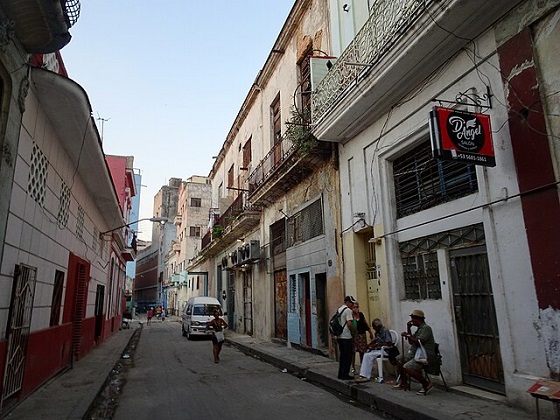
 MxM News
MxM News
Quick Hit:
A new study finds Cuba has lost nearly a quarter of its population since 2020, driven by economic collapse and a mass emigration wave unseen outside of war zones. The country’s population now stands at just over 8 million, down from nearly 10 million.
Key Details:
- Independent study estimates Cuba’s population at 8.02 million—down 24% in four years.
- Over 545,000 Cubans left the island in 2024 alone—double the official government figure.
- Demographer warns the crisis mirrors depopulation seen only in wartime, calling it a “systemic collapse.”
Diving Deeper:
Cuba is undergoing a staggering demographic collapse, losing nearly one in four residents over the past four years, according to a new study by economist and demographer Juan Carlos Albizu-Campos. The report estimates that by the end of 2024, Cuba’s population will stand at just over 8 million people—down from nearly 10 million—a 24% drop that Albizu-Campos says is comparable only to what is seen in war-torn nations.
The study, accessed by the Spanish news agency EFE, points to mass emigration as the primary driver. In 2024 alone, 545,011 Cubans are believed to have left the island. That number is more than double what the regime officially acknowledges, as Cuba’s government only counts those heading to the United States, ignoring large flows to destinations like Mexico, Spain, Serbia, and Uruguay.
Albizu-Campos describes the trend as “demographic emptying,” driven by what he calls a “quasi-permanent polycrisis” in Cuba—an interwoven web of political repression, economic freefall, and social decay. For years, Cubans have faced food and medicine shortages, blackout-plagued days, fuel scarcity, soaring inflation, and a broken currency system. The result has been not just migration, but a desperate stampede for the exits.
Yet, the regime continues to minimize the damage. Official figures from the National Office of Statistics and Information (ONEI) put Cuba’s population at just over 10 million in 2023. However, even those numbers acknowledge a shrinking population and the lowest birth rate in decades—confirming the crisis, if not its full scale.
Cuba hasn’t held a census since 2012. The last scheduled one in 2022 has been repeatedly delayed, allegedly due to lack of resources. Experts doubt that any new attempt will be transparent or complete.
Albizu-Campos warns that the government’s refusal to confront the reality of the collapse is obstructing any chance at solutions. More than just a demographic issue, the study describes Cuba’s situation as a “systemic crisis.”
“Havana (Cuba, February 2023)” by Bruno Rijsman licensed under CC BY-SA 2.0 DEED.
-
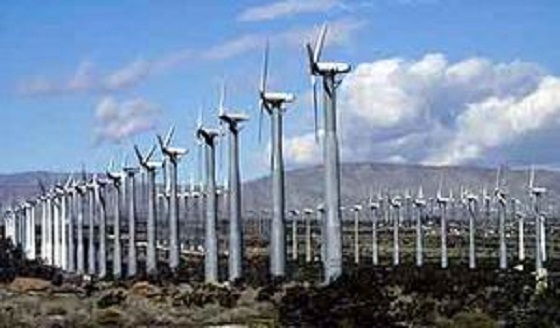
 Business1 day ago
Business1 day ago28 energy leaders call for eliminating ALL energy subsidies—even ones they benefit from
-

 2025 Federal Election1 day ago
2025 Federal Election1 day agoCarney’s Cap on Alberta Energy Costing Canada Billions
-
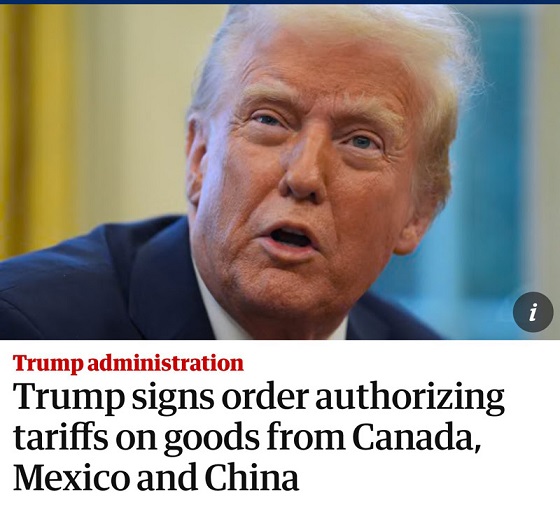
 Business1 day ago
Business1 day agoTrump Tariffs are not going away. Canada needs to adapt or face the consequences
-

 Economy1 day ago
Economy1 day agoSupport For National Pipelines And LNG Projects Gain Momentum, Even In Quebec
-

 Health1 day ago
Health1 day agoDr. Pierre Kory Exposes the Truth About the Texas ‘Measles Death’ Hoax
-

 Business9 hours ago
Business9 hours agoDOGE discovered $330M in Small Business loans awarded to children under 11
-
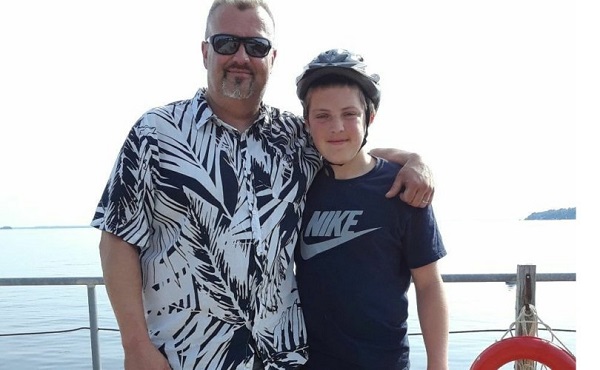
 COVID-197 hours ago
COVID-197 hours ago17-year-old died after taking COVID shot, but Ontario judge denies his family’s liability claim
-
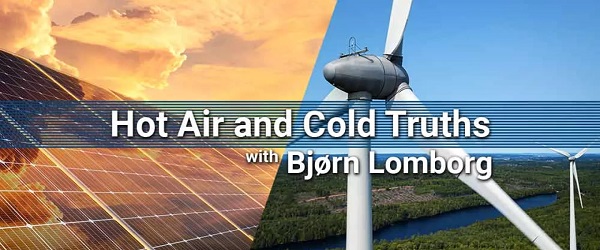
 Economy1 day ago
Economy1 day agoSolar and Wind Power Are Expensive




